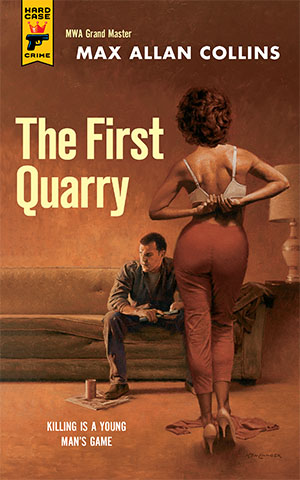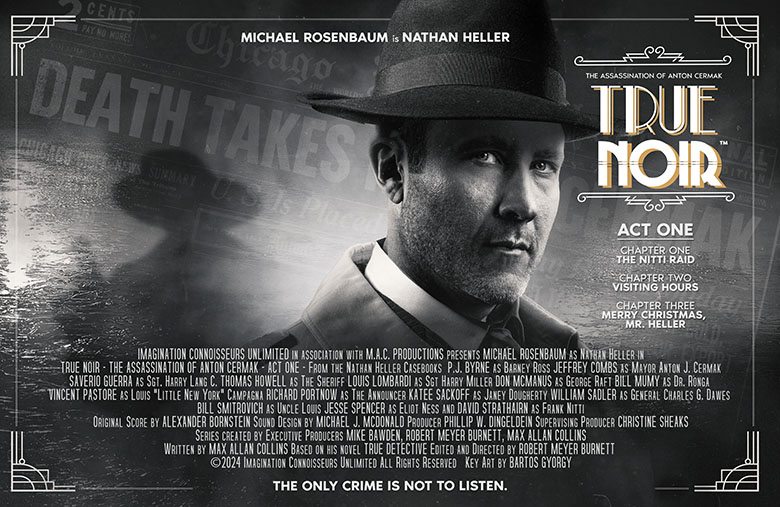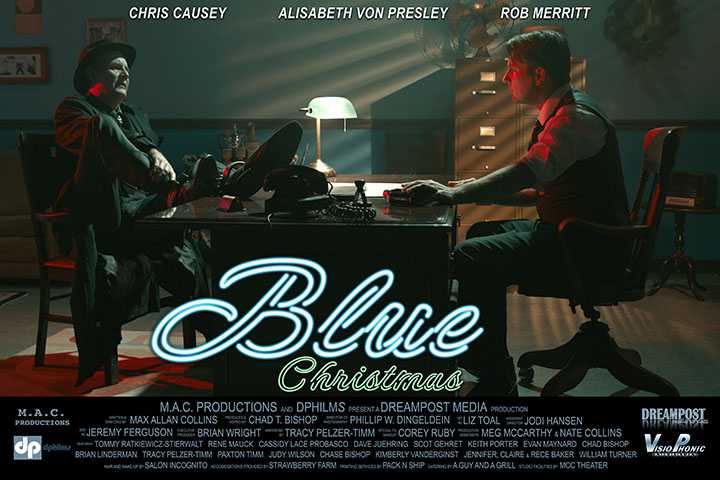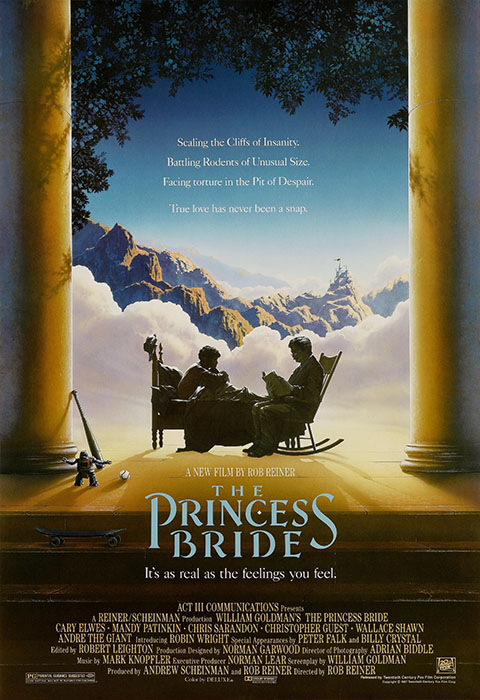We’ve not had a book giveaway here at the Update for some time, and I’m about to remedy that.
Last year Hard Case Crime reissued The Last Quarry in trade paperback form (with some bonus material in back, two of the three Quarry short stories from the ‘80s). Now HCC is taking the same trade paperback approach with The First Quarry (minus the bonus short stories).
What makes these reissues notable?
Well, the first three Quarry novels Hard Case Crime published (The Last Quarry, The First Quarry and Quarry in the Middle) appeared in the smaller original mass-market paperback size. This is for all of you who like to shelve your titles together – whether you are OCD or just particular – and would prefer your row of Quarry novels be all of the same format/size. Now you we no longer have to suffer with the indignity of the first three novels not lining up perfectly with the rest! Even the first four novels, as originally published by Berkley Books, were originally in mass market size. The fifth, Primary Target, re-titled Quarry’s Vote at HCC, was in hardcover and then a mass-market-sized paperback. All five are now HCC trade paperbacks.
I believe, though I am not absolutely certain, that Quarry in the Middle will also receive a trade paperback edition from Hard Case Crime, next year.
So, even if you have the original edition of The First Quarry, you are welcome to participate in this book giveaway. It works like this: e-mail me requesting the book at macphilms@hotmail.com. Even if you’ve won a title in a previous giveaway of mine, you must include your snail-mail address. Though no strings are attached, it would be nice if you’d review the book at the Amazon and/or Barnes & Noble sites, or your own blog, if you have one. The offer is open to US residents only, due to shipping costs.
[All copies have been claimed! Thank you for your support. –Nate]
I’ve talked about this before, but just in case you didn’t hear it from me, on an Update or otherwise, here’s why The Last Quarry was not the last Quarry, and why The First Quarry is not the first Quarry.
When Hard Case Crime got started, editor Charles Ardai approached me about reprinting Blood Money, the second book in my Nolan series (the first being Bait Money). I requested he collect both books in one volume, asking for no extra money, as I thought it awkward to start with the sequel to a long-out-of-print book, which Bait Money was at the time. He agreed and you can now get those books together as Two for the Money.
The Nolans did well enough for Charles to request I do another in the series. I said I’d prefer to do a Quarry novel. The series had something of a cult following (of course, as Donald E. Westlake said, a cult author is seven readers short of making a living) and I’d always felt the character should have put me on the map, which it hadn’t. The series was in fact dropped by Berkley Books after those first four entries.
But I’d recently made (with director Jeffrey Goodman) a short film about Quarry, based on my short story “A Matter of Principal.” The film did well at festivals and was warmly received when screened at a Bouchercon.
For this reason, and my own affection for the character, I wrote The Last Quarry for HCC, telling Charles I was thrilled to be able to wrap the series up (as the title suggests). I’d also been promised a Robert McGinnis cover, which I got. (And I should note that The Last Quarry was based on my screenplay of the eventual film called The Last Lullaby. The final film differs somewhat from my novelization.)
Then the damnedest thing happened: The Last Quarry was a success, garnering good sales and terrific reviews.
CUT TO: Charles and I are standing in a buffet line at a subsequent Bouchercon when he says, “It’s too bad you ended the series with The Last Quarry.” And I say, “Why don’t I write The First Quarry?”
Thus began a long series of Quarry novels (I’m working on Quarry’s Reunion, the thirteenth for Hard Case Crime), novels that have earned several Shamus nominations from the Private Eye Writers of America and two Edgar noms from the MWA. And there was a one-season of a QUARRY TV series from HBO/Cinemax, focusing on Quarry’s origin.
Not bad for a busted mid-‘70s paperback series.
Most of the new novels have me exploring the premise of Quarry using the late Broker’s list to track assassins to their next target, and offering a service to that target: stopping the hit by killing the assassins and discovering who bought the kill contract. This is what was set up in Quarry’s List, the second of the original four novels.
Some of these subsequent novels, like The First Quarry, tell of contracts Quarry carried out prior to – it gets confusing now – the events of the first Quarry novel (originally published as The Broker, currently carrying my preferred title, Quarry). Among these contract-killer novels are Quarry’s Choice and Quarry in the Black.
Another sub-set in the series are the “old man” Quarry novels, where the character is roughly my age Quarry’s Blood, Quarry’s Return).
I run into potential readers wanting to know what order to read the books in. I always say, I didn’t write them in order, so why read them that way? I would prefer to point such readers to two particular favorites of mine, Quarry’s Choice and The Wrong Quarry.
Is there a difference between the first four (Quarry, Quarry’s List, Quarry’s Deal and Quarry’s Cut) and subsequent entries, including the one I’m working on now?
Yes. There is more humor – dark humor, but more – in the later books.
One reason I didn’t try to take the series elsewhere, when Berkley dropped it, was my feeling that each novel had to top the last in extreme violence. Why did I feel that way? It’s not because I’m a sadistic nincompoop. It’s because, structurally, the early books are about showing Quarry in the first chapter or so doing something terrible, then in subsequent chapters (the bulk of the book) getting the reader to kind of forget that and come to like Quarry and view him as a reasonable guy (and a point-of-view character you could take the ride with). Then, at the end, faced with a situation that an actual normal human would otherwise deal with, Quarry again does something terrible.
All of this grew out of my desire to, in my way, top the great Richard Stark (Don Westlake) Parker novels. I had already written the first five Nolan novels, which were frankly imitative of the Parker series. I instead wanted to show readers (like me) of “crook books” with protagonists who worked the left-hand side of the street just what kind of “heroes” we (me) were identifying with.
The Parker novels were heist yarns told in third-person, giving readers some distance between them and the criminal events. I decided to do, instead of a professional thief, a hired killer, and tell the stories in the first person – put the reader inside Quarry’s head, and ultimately confront readers with just who it’d been they were rooting for.
To some degree, this approach is inherent in the later Quarry novels, yes, but the dark humor (I think) leavens the often nasty events of the narratives. That frees me from sense that I need to top the last book with some truly awful thing that Quarry does at the finish (although even then, in the Mike Hammer tradition, he is removing a bad guy or two or three).
The original novel – The Broker AKA Quarry – has this ambivalence built in. In that novel – never intended to launch a series – hired killer Quarry, to save his own ass, must solve the murder he committed.
Now Quarry’s 50th anniversary is just ahead (2026). I’ll try not to disappoint with Quarry’s Return.
Here is a list from Collider of the 20 best comic book movies. Guess what’s number two?
M.A.C.













